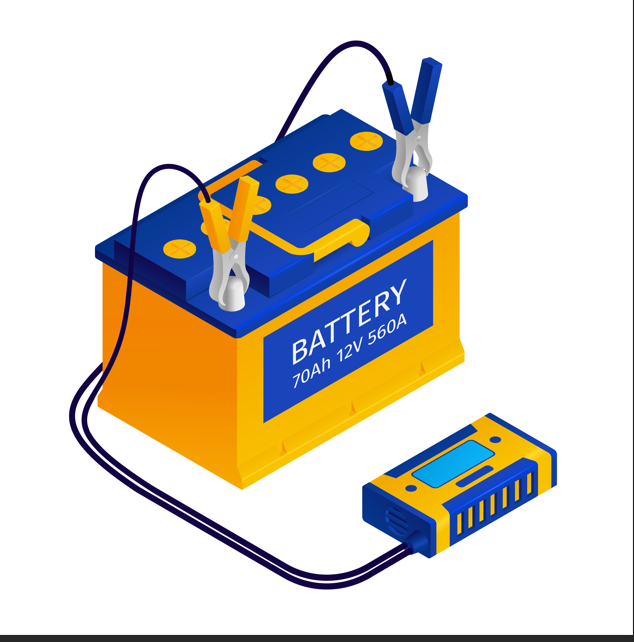Table of Contents
ToggleWhat is Nickel iron battery ?
The nickel–iron battery (NiFe battery) is a storage battery having a nickel(III) oxide-hydroxide cathode and an iron anode, with an electrolyte of potassium hydroxide. The active materials are held in nickel plated steel tubes or perforated pockets. It is a very robust battery which is tolerant of abuse, (overcharge, over discharge, and short-circuiting) and can have very long life even if so treated. It is often used in backup situations where it can be continuously charged and can last for more than 20 years.
Due to its low specific energy, poor charge retention, and its high cost of manufacture, other types of rechargeable batteries have displaced the nickel–iron battery in most applications. They are currently gaining popularity for off-the-grid applications where daily charging makes them an appropriate technology.
Durability of Nickel–iron battery
The ability of these batteries to survive frequent cycling is due to the low solubility of the reactants in the electrolyte. The formation of metallic iron during charge is slow because of the low solubility of the ferrous hydroxide. While the slow formation of iron crystals preserves the electrodes, it also limits the high rate performance: these cells charge slowly, and are only able to discharge slowly. Nickel–iron cells should not be charged from a constant voltage supply since they can be damaged by thermal runaway; the cell internal voltage drops as gassing begins, raising temperature, which increases current drawn and so further increases gassing and temperature.
Nickel-iron batteries have long been used in European mining operations because of their ability to withstand vibrations, high temperatures and other physical stress. They are being examined again for use in wind and solar power systems and for modern electric vehicles, especially boats, where the weight of the batteries is not an issue.
Electrodeposition of Ni Iron Battery
The half-cell reaction at the cathode:
2 NiOOH + 2 H2O + 2 e− ↔ 2 Ni(OH)2 + 2 OH−
and at the anode:
Fe + 2 OH− ↔ Fe(OH)2 + 2 e−
The open-circuit voltage is 1.4 volts, dropping to 1.2 volts during discharge. The electrolyte mixture of potassium hydroxide and lithium hydroxide is not consumed in charging or discharging, so unlike a lead acid battery the electrolyte specific gravity does not indicate state of charge. Lithium hydroxide improves the performance of the cell. The voltage required to charge the cells is between 1.45 and 1.65 volts. The equalization charge voltage is 1.65 volts.



Hello! I could have sworn I’ve been to this blog before but after browsing through some of the post I realized it’s new to me. Anyways, I’m definitely happy I found it and I’ll be book-marking and checking back frequently!
Terrific work! This is the kind of info that are meant to be shared across the internet. Shame on Google for no longer positioning this submit upper! Come on over and seek advice from my site . Thank you =)
Rattling excellent information can be found on website.
You have brought up a very wonderful points, appreciate it for the post.
hi,
thanks for appreciation. Now, my focus on spread my website content to more readers.
To boost my moral, Please share my website to your friends and subscribe my Insta/Telegram/Whatsapp group.
Thank you, I have recently been searching for info about this topic for ages and yours is the best I’ve discovered till now. But, what about the bottom line? Are you sure about the source?
Thanks for appreciation.
For more electrical Knowledge, Please follow my Insta/Telegram/Whatsapp group.
Now, my focus on spread my website content to more readers.
To boost my moral, Please share my website to your friends.